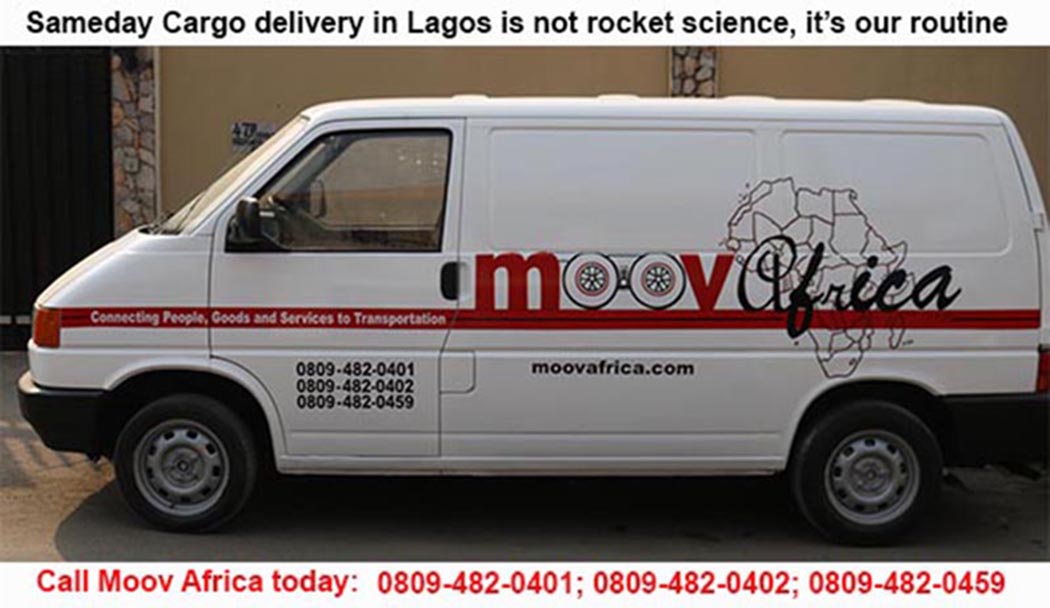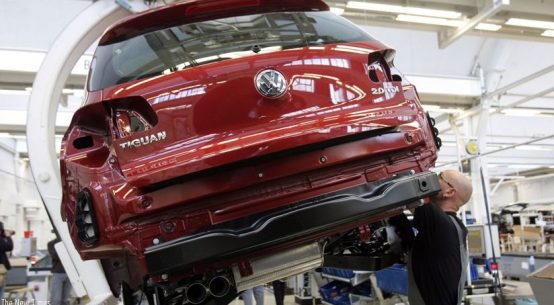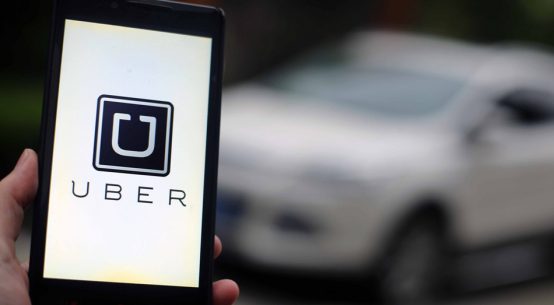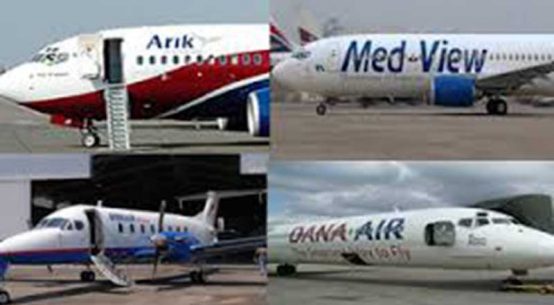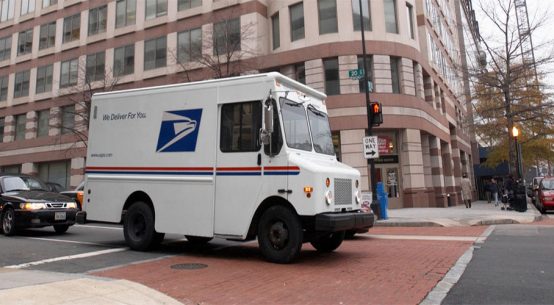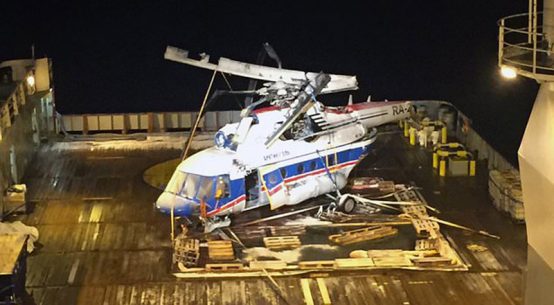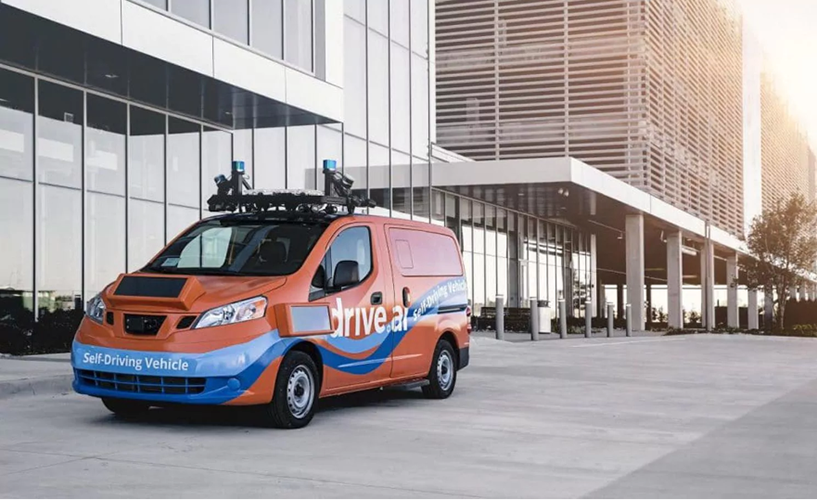
Texas will become the latest state to host a self-driving car service on public roads when Drive.ai — a Mountain View, Calif.-based start-up — launches a six-month pilot program in Frisco, Tex. this summer.
Unlike Waymo or Uber, whose self-driving programs typically cover vast urban spaces, Drive.ai will begin testing its bright-orange passenger vans in a geo-fenced office-park complex where about 10,000 people work, eat and shop.
The words “self-driving vehicle” will wrap around their Nissan NV200 vans, leaving little doubt that nobody is behind the wheel.
“Office workers can grab lunch without having to drive and look for parking, and local businesses owners can attract more customers,” Andrew Ng, an artificial intelligence expert who teaches at Stanford and sits on Drive.ai’s board, said in a statement posted online Monday. “A self-driving service will boost local commerce, reduce traffic jams, and lessen the need for parking lots.”
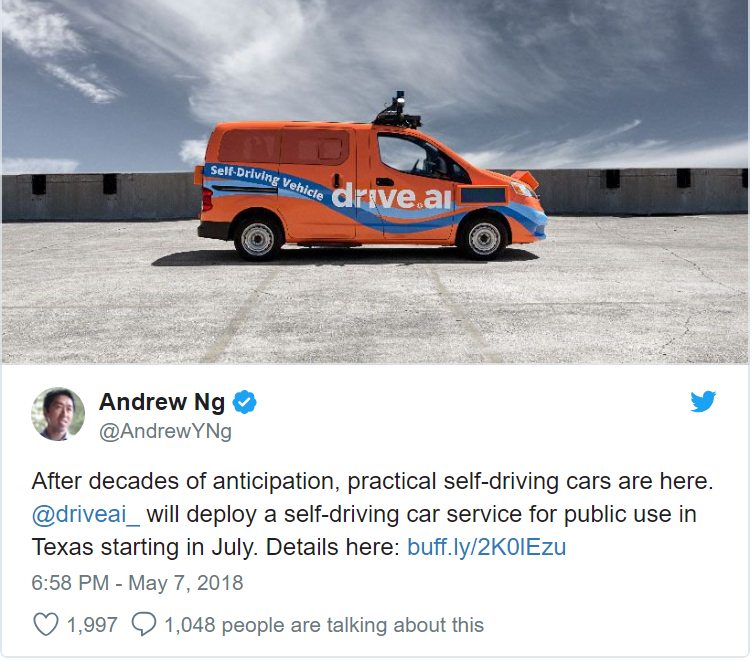
Echoing Ng’s statement, city officials said they hope the driverless vans help to reduce the region’s traffic congestion. Located on the northern edge of the Dallas-Fort Worth metro area, Frisco is home to more than 163,000 residents in a region that is among the worst in the country when it comes to traffic, according to experts. Frisco Mayor Jeff Cheney said Drive.ai will help the city improve traffic and called the program a “mobility milestone” for the region.
Drive.ai said riders will have access to the app that allows them to hail “on-demand rides” at no charge, ferrying them to “popular destinations” along the driverless van’s fixed routes. The company claims its service, which begins in July, will be the first time Texans have access to an on-demand self-driving car service on public roads.
The perils of driverless car-testing have been under a microscope since March, when an autonomous Uber struck and killed a pedestrian in Tempe, Ariz. The company immediately grounded the company’s autonomous vehicle program in Arizona, San Francisco, Pittsburgh and Toronto.
In his statement, Ng said self-driving vehicles can be safe only if they account for the people outside the vehicle, not just the ones riding inside it. He said that’s why the company prioritized “recognizability over beauty,” giving its Nissans bright orange paint jobs that will grab the attention of pedestrians and drivers.
The vehicles also include exterior panels with messages — such as “waiting for you to cross” — to take the place of a human driver making eye contact or gesturing with a pedestrian at a crosswalk, for example.
The company is beginning its pilot program with human “safety drivers” who will call upon “human insight” in certain circumstances. As the vehicle’s deep-learning system becomes more intelligent, human drivers will take on a smaller role until the final phase, when the vans operate with only passengers in the vehicle.
Ng said self-driving cars still “don’t understand certain complex situations such as a construction worker communicating using hand gestures.”
“By choosing geofenced regions and working with partners, we can take advantage of self-driving cars’ strengths while diminishing their weaknesses,” he added.
.
